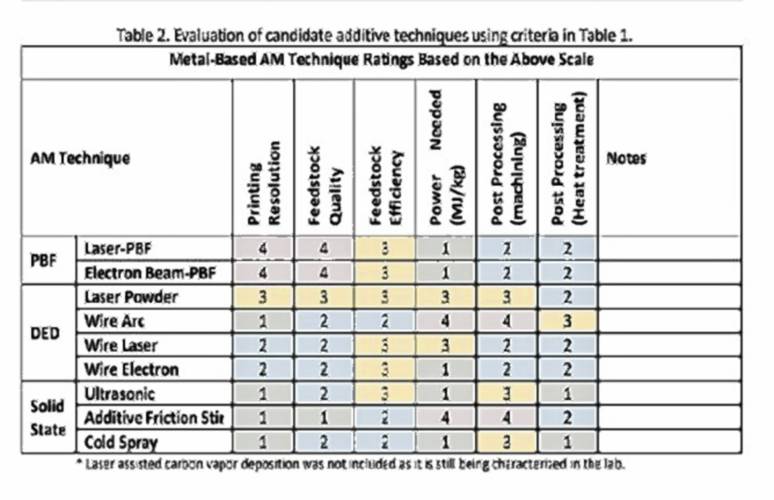Whenever I see pictures of the International Space Station, I think two things: 1) It would be cool to visit and 2) how did they get all those massive girders into orbit?
I know the answer to 2) is “big rockets and the space shuttle” but it’s still kind of mind-boggling that we hauled all that stuff up there to build the station. It makes the prospect of building bigger space stations pretty daunting, let alone colonies on the moon or Mars.
So how about if, instead of building stuff on Earth and rocketing it into space, we built more stuff where we need it?
“If you want vessels in space, you don’t want to lift some of those things up. You want to make them,” said John Roth, director of UNH’s John Olson Advanced Manufacturing Center. “We’re not going to manufacture computer chips up there – they’re intricate and light. We can lift payloads and payloads of chips before we can lift one girder.”
The center was just awarded a $300,000 grant by NASA to help this process by “roadmapping” (yes, that noun has been verb-ified) the way toward space-based manufacturing.
Over the next year and a half, the center will conduct four workshops to gain stakeholder input for the roadmap and will unleash undergrads, grad students, post-docs, professors and assorted other knowledgeable folks on the question. They will partner with NASA, the University of Alabama and Purdue University to produce a final report.
Judging from their center’s proposal for the project, the core of space manufacturing will depend, not surprisingly, on additive manufacturing, better known as 3-D printing. Most of us encounter this technology via the desktop creation of plastic tchotchkes but it has matured and become a big part of earthbound manufacturing, including the manufacture of metal components.
Having a 3-D printer in orbit to build girders for a space station doesn’t solve the launch problem – you’ve still got to get the raw material up there, unless you can grab dead satellites and other orbital junk for reuse – but it seems the obvious answer for lunar or Martian colonies if local material can be mined and used.
Additive manufacturing isn’t the whole answer, of course. The 27-page proposal discusses the need to develop obvious technologies like better robotics as well as things you might not have considered such as “digital twins.” Those are computer models of complex equipment in orbit that can be left on Earth to troubleshoot problems from afar.
And, Roth said, there are lots of other variables to be considered.
“If a (space) factory is going to exist, what do you need it to do? Do we have to have an atmosphere? It’s a whole lot cheaper if we don’t … but some processes need an atmosphere,” he said, pointing out that grease and oil evaporate in a vacuum, which if nothing else isn’t good for machinery lubrication. “Which things need gravity? Which do we need to rotate to create gravity … and which can be done without it?”
In other words, “Can we take processes the way they were developed here on Earth and still have them practical? How can we do it with the least resources?”
In late 2023, the group will report to Congress and the Commerce Department.
“We’ll be saying, ‘here’s the current status, here’s what it’s going to take to get to the next level, and here’s a reasonable timeline for when we can achieve it,’ ” Roth said. Where it goes from there depends partly on politics, and we know what that means.
The fact that UNH won this grant, by the way, is a reflection of the fact that it is a Space Grant university, part of a national network of schools focused on space-based research, education and outreach. (It’s also a Sea Grant and Land Grant university, which covers it pretty well.)
As for the Olson Center, it provides support such as research, people and machinery, to manufacturers trying to develop or find new products or processes. It’s an example of university-industry interaction that has gotten a lot more emphasis in recent years, especially in a state that provides among the lowest support for higher education of any state.
And finally, for those of you who have read this far, a confession: It almost certainly would not be cool for me to visit the International Space Station. Judging from how my stomach handles ocean travel, I’d probably be sick the whole time.


 Return to the Concord Monitor
Return to the Concord Monitor